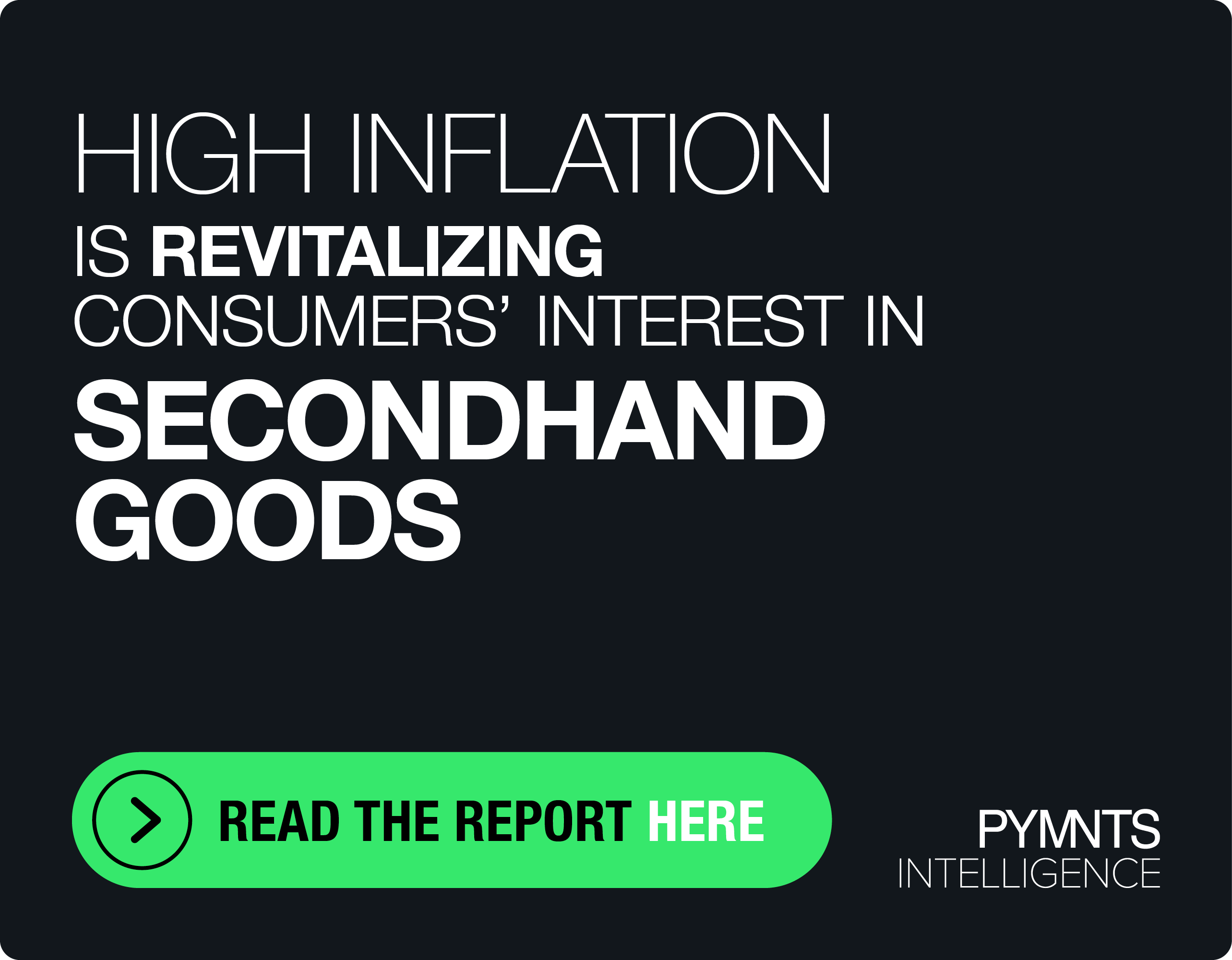US Spending Momentum Index Drops Again, Visa Says

American spending dropped slightly between August and September, according to Visa’s newest findings from its Spending Momentum Index.
The figures, released on Thursday (Oct. 14), showed that the SMI was 108.5 in September, down 1.1 points from the previous month. But with the SMI reading above 100, it’s a sign that consumers are still spending at higher levels than last year.
Looking closer, the SMI for discretionary purchases dropped 0.8 points from August to September to 105, while the SMI for non-discretionary buying fell 0.5 points to 99.6.
Geographically, the SMI slowed the most in the Northeast region with a 2.7 point drop, while the South and Midwest both saw 0.3 point declines. However, spending momentum actually rose a bit in the West to 111.3, the strongest in the country.
The SMI tracks the health of consumer spending, offering insights into what causes hikes or decreases by looking at the breadth of the momentum backing those trends, Visa says. Anything over 100 means consumer spending momentum is strong, while anything below 100 means that momentum is weakening.
“This month’s SMI reading reinforces our view that consumer spending was impacted by the delta variant,” said Wayne Best, Visa’s chief economist. “We still expect spending to rebound in the fourth quarter as virus concerns begin to ease and consumers turn their attention toward holiday spending.”
Read more: Inflation, Consumer Confidence Point to Bumpy Holiday Spending Season
However, other indicators point to a shakier holiday shopping season, as PYMNTS noted last week. For example, consumer confidence fell from 115.2 in August to 109.3 in September, with consumers dialing back their expectations about big-ticket purchases such as cars, major appliances or homes. If these trends persist, hesitation might extend to buying gifts during the holiday shopping season.
